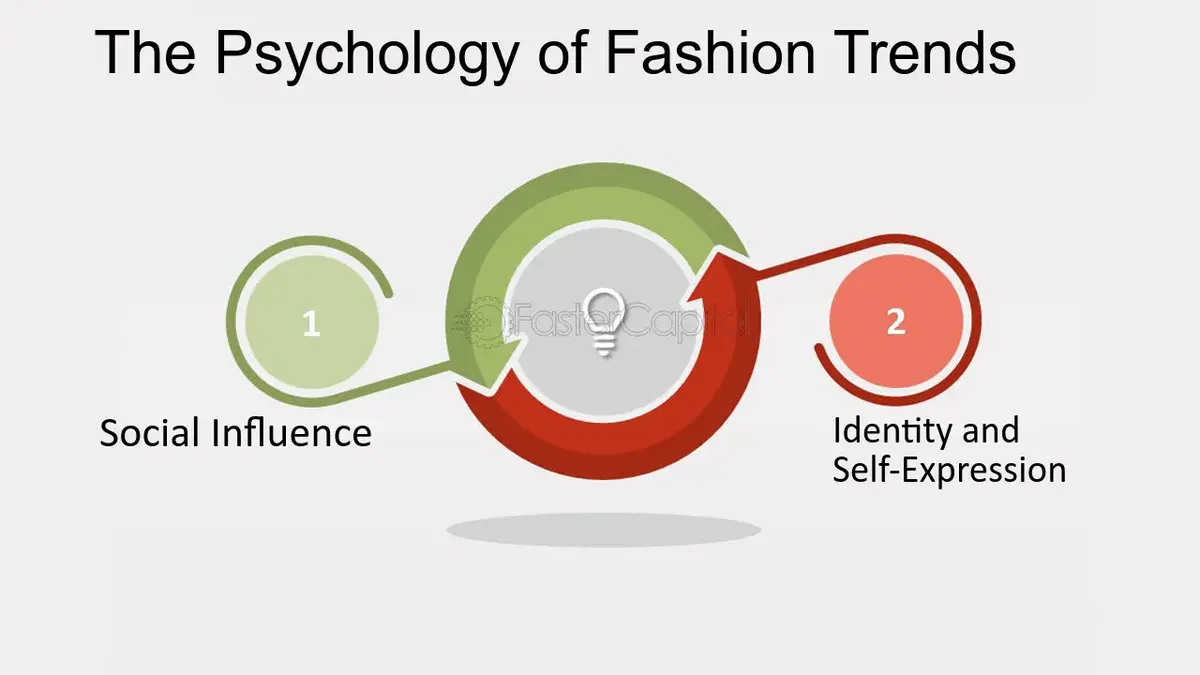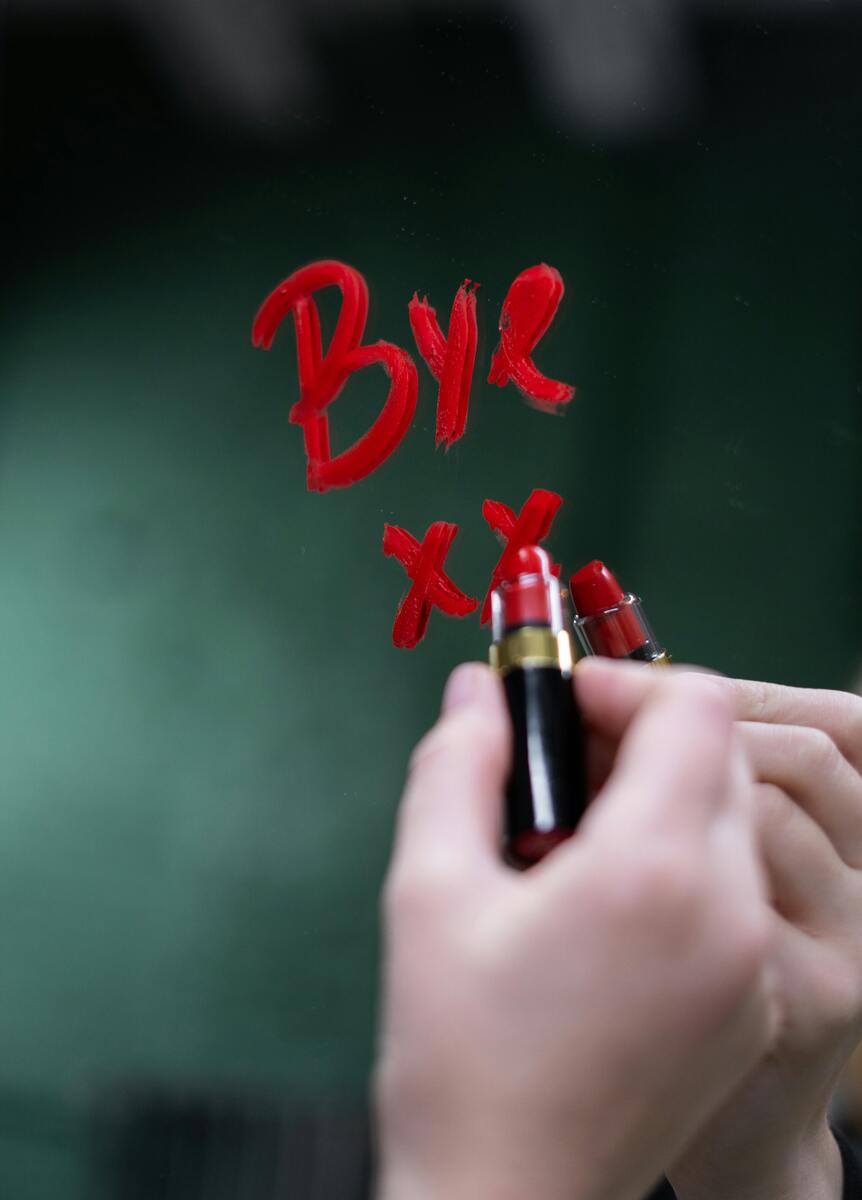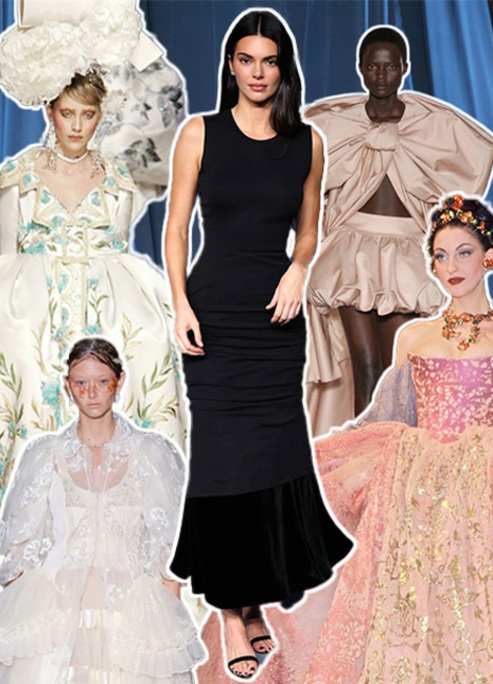
Why What’s On Trend Is Determined By Psychology And Not Us
Psychological explanations for fashion trends.
Do you ever look at something that everyone is seemingly enamoured by and think: how on earth do people like this? It must be that people actually do, an item of clothing can’t be everywhere if no one cared for it. But sometimes the things which go viral are quite questionable.
In a world where we can’t seem to agree on anything, how can it be that we all seem to have the same taste in clothes? Well, simply, we don’t. An item doesn’t go popular because we all love it. An item goes on trend because of a long process that we can explain psychologically.
The Psychology of style

Now, I am not claiming to be an expert psychologist! My A-level in psychology is about the extent of my knowledge, but there are some theories which feel eerily familiar to instances in the fashion world.
The first step: Minority Influence

Like most things, a trend starts small then spreads uncontrollably. It begins with a small sub-culture, maybe even just one lone, dissenting individual and, for whatever reason, this person gets noticed, and then (amicably), they get copied. It might begin by noticing someone on public transport wearing a nightie in the daytime (a supposed new summer trend) and giving them kudos in your mind. Then it starts. The fever consumes you as you find yourself scouring shops for a nightie that is like the one they wore. Once you find it, along with the courage to wear it outside, you become the inspiration on public transport. And the fever spreads. Someone else has caught the trend bug.
And that’s all it takes. We see this process, described as ‘The Snowball Effect’ in social psychology, where more people catch on and find themselves converted by the influence of the minority. Soon, we forget all about the lone, dissenting individual, and can’t remember how this thing got so popular. All we remember is that it wasn’t always popular, but now it is (this is ‘Social Cryptomnesia’).
Despite the simplicity of the process, minority influence is tricky – it’s much harder for the minority to influence. This means that people tend to internalise what they are being influenced into - a person won’t just agree in public and disagree in private, they will genuinely like it. A trend, therefore, in its early stages of growth will have people convinced that they love it, even if it’s only a temporary adoration.
The next step: Majority Influence

Over time, the minority becomes the majority as the spores of style infect more. Once the trend is in the majority, influence is easy; you can’t escape catching a bug that surrounds you. Now, the minority who aren’t inflicted may find themselves conforming because they want to fit in with the crowd (this is normative social influence). And soon enough, literally everyone is indisposed.
It sounds like a complex procedure, but it’s not. It happens a lot, it’s just most of the time we’re too busy to notice. We don’t think too deeply about the process; we just accept the result. But it does happen – the best current example is bows: it started with a few people wearing hair bows, then it became part of the coquette subculture, then over time it entered the mainstream.
The fashion-specific steps: commodification and trend death
When it comes to fashion trends, the process doesn’t stop once it becomes the majority. I believe there are two additional style-specific stages: 1. Commodification; and 2. Trend Death.
Fashion Step One: Commodification

This is the stage where psychology meets capitalism. Once something becomes popular, brands will catch on and immediately attempt to make money from this – they will commodify like their lives depend on it. When the trend is still in the minority, high-end designer brands tend to be the ones that are catching on, as they tend to be more avant-garde and experimental. Then, as the trend starts entering the mainstream by majority influence, it works its way down to budget brands. This is when more affordable brands pick up on the trend and start creating low-quality versions (think Primark). When the trend is picked up by the budget brands, we start to see a decline in the occurrence of them in the high-end. Notice how when a trend becomes mainstream, we start seeing it less on the red carpet – bows were popular on the red carpet, in 2019, not now, when they are everywhere.
Fashion Step Two: Trend Death

We get to a point when we are so sick of seeing the trend that we just kill it off. We find a cure, and the antidote usually takes the form of another trend. Think how Stanleys are being replaced with Owalas; how sage green was replaced with butter yellow; and how we are getting sick of bows, so its replacement will be on the horizon.
And there you have it: that’s the life-cycle of a trend, explained psychologically! You’re perfectly fine, then catch the fever, get sick, spread your illness, and are cured. And that’s how fashion works; we cure ourselves only to get sick again. But let us remain forever inflicted by the fashion bug; we have more fun this way!











